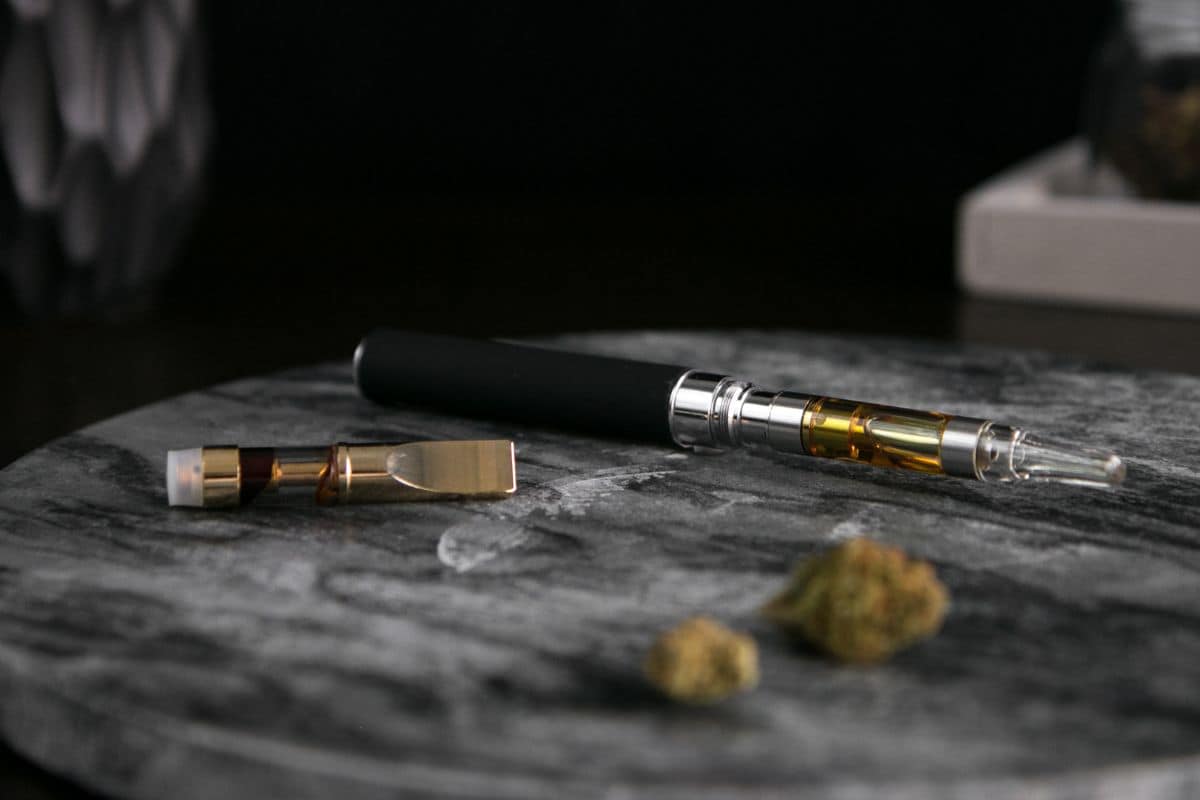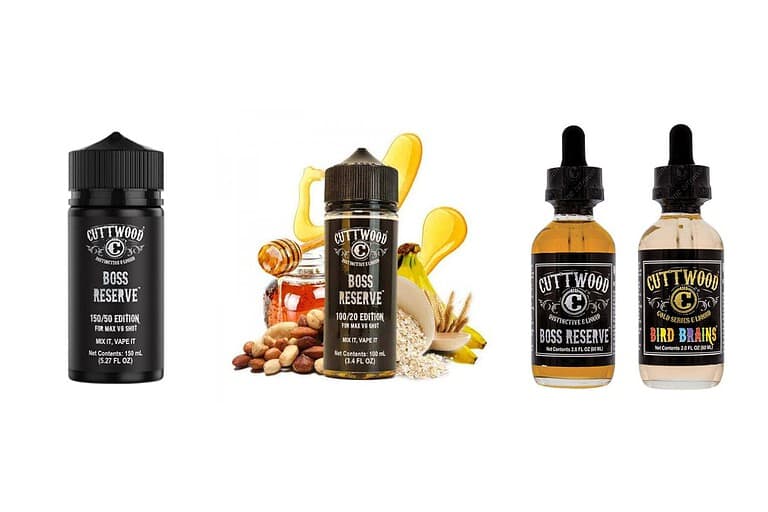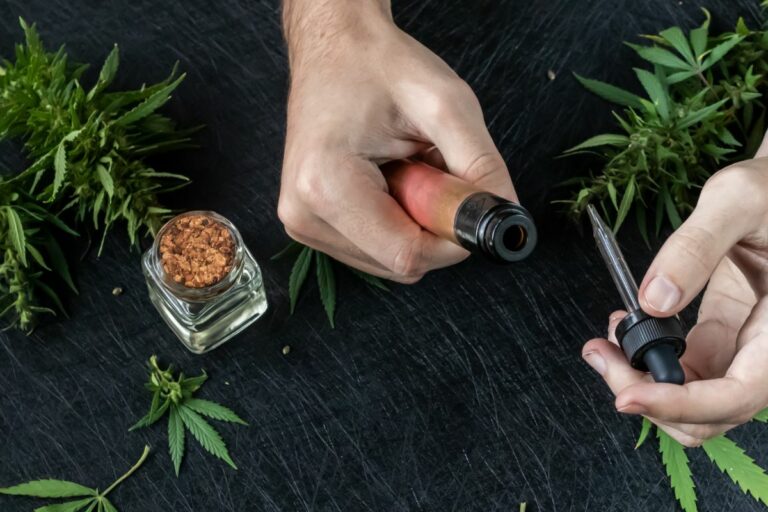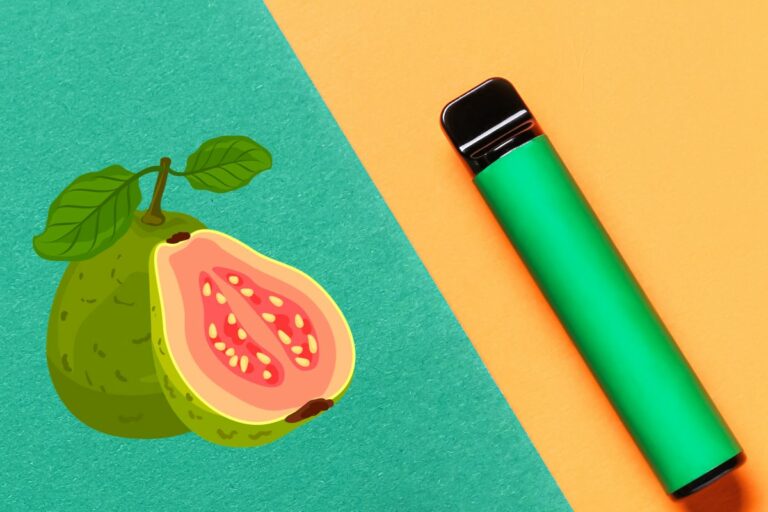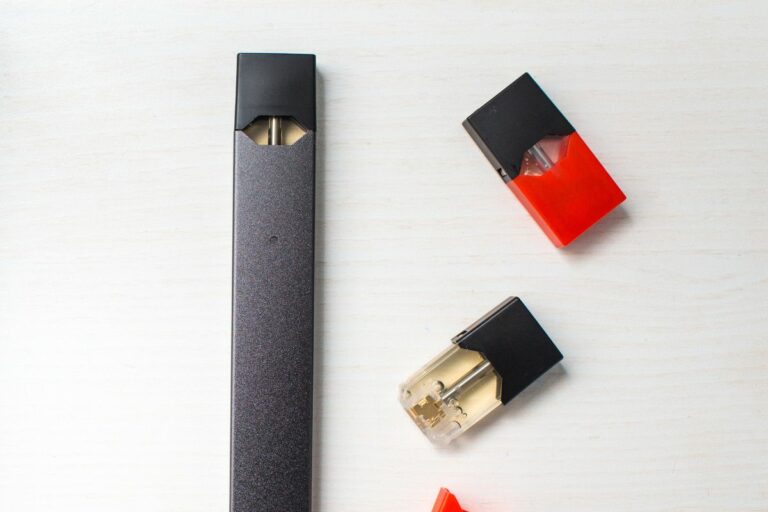New Vape Pen Cartridge No Airflow: Solutions and Tips for Uninterrupted Use
Vape pens have become increasingly popular as an alternative to traditional smoking, combining style and convenience with various flavors and nicotine levels. One common issue that many vapers face, however, is when their vape pen cartridge experiences no airflow. This can lead to an unsatisfactory vaping experience and may even hinder the proper functioning of the device.
A vape pen consists of a battery, an atomizer, and a cartridge or tank that holds the e-liquid. The cartridge plays a crucial role, as it is responsible for allowing the liquid to be heated and transformed into vapor for inhalation. When a cartridge experiences no airflow, this process is interrupted, and users cannot draw vapor from their device effectively.
There are several factors that could contribute to this problem, such as a clogged cartridge or improper connections between the cartridge and battery. Identifying the root cause is vital for ensuring optimal performance of the vape pen and an enjoyable vaping experience.
Table of Contents
Identifying Airflow Issues
When using a vape pen, proper airflow is crucial for a smooth and satisfying vaping experience. However, issues such as a clogged cartridge can prevent the vapor from passing through and result in no airflow. In this section, we will discuss potential causes of this problem and how to troubleshoot it.
NEW CUSTOMER DISCOUNT
Save 15%
15% OFF YOUR ENTIRE ORDER FOR NEW CUSTOMERS USE CODE WELCOME15!
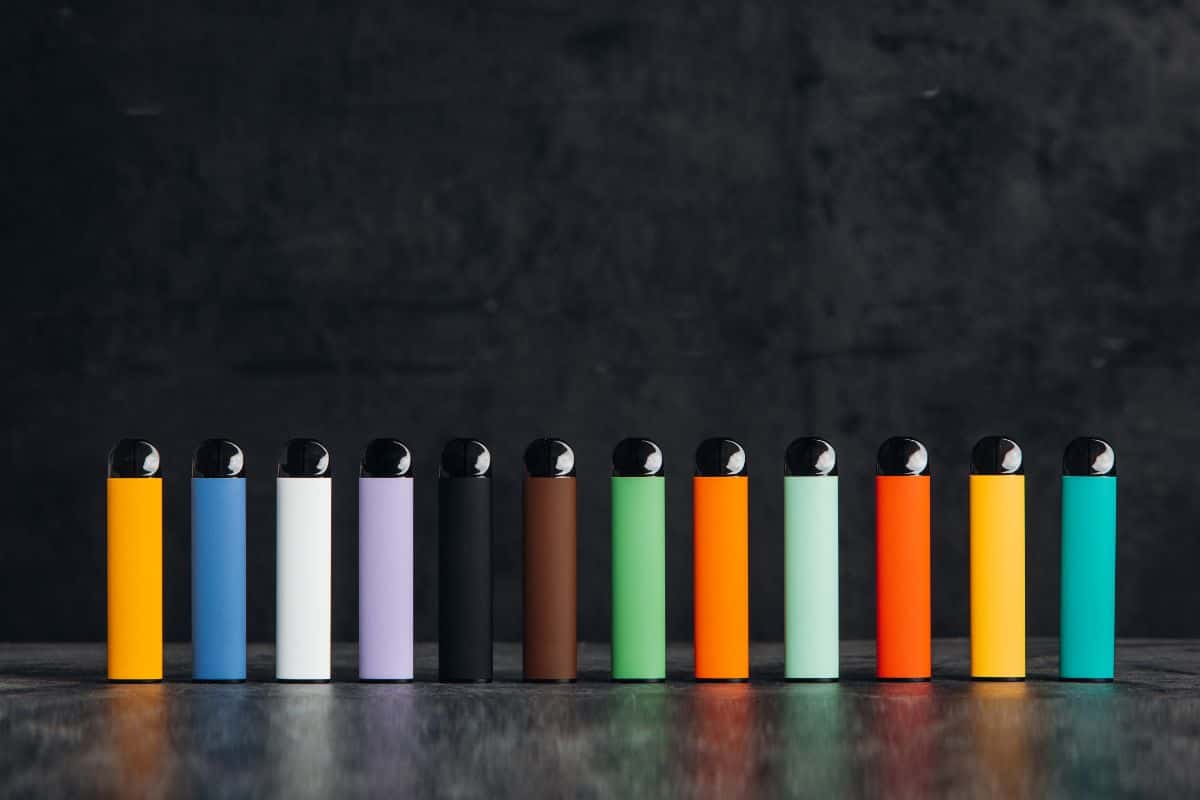
Clogged Cartridge
A common cause of no airflow in a vape pen is a clogged cartridge. This can occur when the coil is dirty or the wicking material is saturated with e-liquid, causing it to become congested. Over time, this buildup can restrict the flow of air through the device, leading to a decrease in vapor production and an unsatisfying experience.
To troubleshoot a clogged cartridge, follow these steps:
- Inspect the cartridge: Remove the cartridge from your vape pen and inspect it for visible signs of clogging or damage. If you notice any debris or buildup, this might be the cause of the impaired airflow.
- Clean the coil: If you find that the coil is dirty, use a small brush or cotton swab to gently clean it. Be cautious not to damage the coil while cleaning, as this can result in poor vapor production or even device failure.
- Replace the wicking material: If your cartridge uses replaceable wicking material, it might be time to swap it out. Saturated wicking material can obstruct airflow and prevent proper vaporization of the e-liquid.
- Check for other airflow obstructions: Ensure that there are no other obstructions, such as a tightly screwed-on mouthpiece or foreign objects inside the cartridge, that may be restricting airflow.
By following these troubleshooting steps, you can likely identify and resolve the cause of no airflow in your vape pen. Remember, maintaining a clean and functioning cartridge is essential for optimal vaping performance and enjoyment.
Common Causes of Airflow Problems
Oil Viscosity
One common cause of airflow problems in vape pen cartridges is the oil viscosity. The thickness of the oil can affect how it flows through the cartridge and interacts with the heating element and wick. If the oil is too thick, it may not be able to flow smoothly, leading to a clogged or restricted airflow. To address this issue, you can try gently warming the cartridge, as heat can help to thin the oil and improve its flow. However, be cautious not to apply too much heat, as this can damage the cartridge or negatively affect the quality of the oil.
Overfilling the Cartridge
Another potential cause of airflow problems is overfilling the cartridge. When there is too much oil in the cartridge, it can block the airflow channels and prevent the vapor from reaching the mouthpiece. To avoid overfilling, it’s essential to follow the manufacturer’s filling guidelines and not exceed the recommended fill level. If you suspect that your cartridge is overfilled, carefully removing some of the oil can help restore proper airflow.
Leakage and Flooding
Leakage and flooding are also common issues that can lead to airflow problems in vape pen cartridges. Leaks can occur when there is a poor seal between the cartridge and the battery, or when the cartridge is damaged. Leakage can cause oil to accumulate in the airflow channel, leading to clogs and restricted airflow. Flooding, on the other hand, occurs when too much liquid enters the heating element or wick, which can cause the vapor to become diluted or prevent it from being properly inhaled. To prevent leakage, ensure that the cartridge is properly seated and sealed. If flooding is the issue, try cleaning the heating element and wick to remove any excess liquid.
Addressing Clogged Cartridges
Vape pen cartridge clogging can be frustrating for users. This section will provide a clear and straightforward guide on how to effectively unclog your cartridge and clean the mouthpiece, ensuring a smooth vaping experience.
Unclogging Techniques
There are several techniques to unclog a vape pen cartridge. Before attempting any of these methods, make sure your device is powered off.
- ** Needle or safety pin**: Carefully insert a thin needle or safety pin into the clogged air hole or mouthpiece opening. Gently wiggle it around to break up the clogged material, but take care not to puncture the cartridge or damage any internal components.
- Q-tip: Dip a Q-tip in isopropyl alcohol and gently rub it around the air hole and mouthpiece opening to dissolve any residue. This can help to clear the blockage and improve airflow.
- Heat: You can also try to warm up the cartridge by holding it between your hands or using a hair dryer on low heat. The heat can help to soften the clogged material, making it easier to remove.
Remember to always handle your vape pen cartridge with care and practice safety while handling needles or other sharp objects.
Cleaning the Mouthpiece
A clean mouthpiece is essential for optimal vape pen performance. Here are some simple steps to keep your mouthpiece clean and free from clogs:
- Regular maintenance: Regular cleaning of your mouthpiece can help to prevent clogging. Use a Q-tip or a toothpick to gently remove any residue from the mouthpiece opening after each use.
- Soaking in alcohol: Periodically soak the mouthpiece in isopropyl alcohol for a thorough cleaning. Make sure to remove any rubber or silicone components from the mouthpiece before soaking, as they can be damaged by the alcohol.
- Brushing: Use a small brush (e.g., a toothbrush or a pipe cleaner) to scrub the inside of the mouthpiece, ensuring that you remove any built-up residue.
By maintaining a clean and unclogged cartridge, you can ensure a smooth and enjoyable vaping experience with consistent airflow.
Preventing Clogs and Airflow Issues
Proper maintenance and care for vape pen cartridges can help prevent clogs and airflow issues. Developing a routine to maintain your vaping device is essential for a smooth experience and extending the life of your device.
Vape Pen Maintenance
| Cleaning: Regularly clean your vape pen, especially the cartridge and threading, to prevent buildup of debris that can cause clogs. A simple wipe with a cloth or cotton swab dipped in isopropyl alcohol should suffice. Ensure that the device is turned off and the battery is disconnected before cleaning. |
| Battery Care: The lifespan of 510 batteries varies, but proper storage and routine charging can help extend their usage. Always keep your battery at the recommended charge level and avoid overcharging, which can lead to reduced battery life. |
| Threading: Be gentle when screwing the cartridge onto the battery to avoid cross-threading, which can cause clogs in the airflow. Ensure the connection is snug but not overtightened. |
| Storage: Store your vape pen in a cool, dry place away from direct sunlight and high temperatures. Use a carrying case, such as VAPECLUTCH, to protect your device from debris, drops, and germs. Proper storage prevents damage to the device and extends its lifespan. |
| Routine Checks: Regularly inspect your vape pen for signs of wear and tear. Replace parts such as the cartridge or coil as needed. Troubleshooting your device and addressing any vape pen issues promptly can help prevent further damage and ensure an enjoyable vaping experience. |
Vape Pen Varieties and Airflow
Disposable vs Refillable
There are two main types of vape pens: disposable and refillable. Disposable vape pens come pre-filled with e-liquid, oil, or concentrate and are meant to be thrown away after use. They are convenient for those who prefer low-maintenance and single-use options, as there’s no need to recharge or refill the device.
On the other hand, refillable vape pens, also known as rechargeable vapes, allow users to refill the tank or cartridge with their preferred e-liquid, oil, or concentrate. This type of vape pen usually has a rechargeable battery, making it a more sustainable and customizable option.
The airflow in both disposable and refillable vape pens can vary depending on the specific device and model. However, refillable vape pens often offer more options for adjusting the airflow, making them suitable for experienced users looking to tailor their vaping experience.
Oil and Concentrate Vape Pens
Vape pens can also be categorized based on the substance they’re designed to vaporize, such as oil and concentrate vape pens. Cannabis oil vape pens, for example, are specifically designed for use with cannabis oils and distillates, including popular products like delta 8 THC. These pens usually have an atomizer or tank that accommodates the thicker consistency of oil.
A key aspect to consider when using oil or concentrate vape pens is the airflow, as it may affect the potency, flavor, and overall experience. Pens with adjustable airflow allow users to inhale less air along with the vapor, resulting in denser and more flavorful clouds. However, for those seeking a smoother and more discreet vaping experience, a device with more restricted airflow might be preferable.
Another option for vaping oil or concentrate is using dab pens, a close relative of vape pens. Both dab pen and cart systems serve a similar purpose, but dab pens utilize a heating element to vaporize the substance, while cart systems use pre-filled cartridges with atomizers.
In conclusion, various vape pens are available depending on user preferences and the substances they wish to vaporize. Selecting the most suitable device with the desired airflow settings can greatly enhance the overall vaping experience.
Troubleshooting Other Technical Problems
When it comes to vape pens, there are various technical problems that can affect performance, including issues with voltage, wattage, connection, and airflow. In this section, we will address these common problems and provide tips on how to troubleshoot them, keeping the tone confident, knowledgeable, neutral, and clear.
Voltage and Wattage Issues
In some cases, users may experience problems related to voltage and wattage settings on their vape pen. If your device is not performing as expected, it’s important to first verify the recommended voltage or wattage range for your particular setup. This information can be typically found in the product packaging or the manufacturer’s website. It’s essential to stay within that range to prevent issues with vapor production or the risk of damaging your device. If the problem persists, try adjusting your voltage or wattage settings within the recommended range until you achieve the desired performance.
Connection Issues
A common technical problem with vape pens is a poor connection between the battery and the cartridge. Ensure that both the battery and the cartridge are properly screwed together and make sure there’s no debris or residue on the connection points, as this can cause a poor connection. Additionally, it’s important to verify that the vape pen’s battery is adequately charged. A depleted battery can result in reduced performance or the inability to use the device altogether. If the problem persists, consider trying a different cartridge or battery to isolate the issue.
Airflow Problems
Airflow issues can hinder the performance of your vape pen, such as a cartridge with no airflow. First, check the airflow control system (if available) to ensure that it’s not closed or restricted. Some vape pens have adjustable airflow controls, so verify that they’re set to your desired level. If your vape pen doesn’t have an adjustable airflow, inspect the device for any clogs or blockages in the air intake. In some cases, it could be beneficial to clean the air intake area with a cotton swab or a small brush to remove any debris that might be restricting the airflow.
In conclusion, it’s essential to familiarize yourself with your vape pen’s specific requirements and features to ensure optimal performance. By troubleshooting issues related to voltage, wattage, connection, and airflow, you can improve your vaping experience and avoid potential damage to your device.
Optimizing Vape Experience
Temperature and Voltage Settings
A significant factor in creating an optimal vape experience is choosing the right temperature settings. Different temperature levels can impact the flavor, smoke, and vapor production of your vape pen. To ensure a smoother and cooler inhale, try setting your vape pen at a lower temperature, while higher temperatures can enhance vapor production and intensify the flavor. Along with temperature, it’s essential to adjust your vape pen’s voltage settings. A lower voltage can provide a more subtle flavor and smaller hits for discreet use, whereas a higher voltage can deliver more robust inhales and flavor profiles.
Vaping Techniques
To further enhance your vaping experience, consider experimenting with various vaping methods. Start by taking slower and longer draws to achieve the desired amount of vapor, while allowing your coil to heat and produce vapor consistently. This can help improve both vapor production and flavor, ensuring that you get the most out of your vape pen cartridge.
Additionally, try taking smaller hits initially to prevent overwhelming your senses. Smaller hits can help you become more accustomed to the device’s temperature settings, airflow, and flavors, making it easier to transition to bigger inhales over time.
Remember that practice makes perfect, and exploring the right combination of temperature settings, voltage adjustments, and vaping techniques can significantly improve your overall experience with your vape pen cartridge.
Browse popular vape collections:
- Nicotine Disposables
- 2000 Puff Nicotine Disposable Vapes
- 2500 Puff Nicotine Disposable Vapes
- 5000 Puff Nicotine Disposable Vapes
- 6000 Puff Disposable Nicotine Vapes
- 7000 Puff Nicotine Disposable Vapes
- Disposable Vape Deals
- Best Vape Brands
- 8000 Puff Nicotine Disposable Vapes
- 9000 Puff Nicotine Disposable Vapes
- 5% Nicotine Disposable Vapes
- Rechargeable Nicotine Disposable Vapes
- Vape Coils
- Dab Wax Pens
- Dab Wax Pen Battery
- Yocan Vapes
- Vape Cases
Frequently Asked Questions
Why isn’t my new vape cartridge producing vapor?
There can be various reasons behind a new vape cartridge not producing vapor. Often, it’s due to a lack of airflow, a clogged atomizer, or an issue with the battery. Make sure your cartridge is compatible with your vape pen, properly connected, and fully charged.
How do I unclog my vape pen cartridge?
Unclogging a vape pen cartridge typically involves gently warming the cartridge with a hairdryer or soaking it in warm water to dissolve any solidified e-liquid. Alternatively, you could use a small needle or toothpick to poke a clear path for the airflow. Be cautious not to damage the internal components while unclogging.
What causes a lack of airflow in vape cartridges?
A lack of airflow in vape cartridges can occur due to various reasons, including a clogged atomizer, debris in the air intake, or an issue with the cartridge design itself. Sometimes, thick e-liquids might also cause obstructions in the airflow system.
How can I fix a vape cartridge with no airflow?
Fixing a vape cartridge with no airflow involves determining the cause of the issue first. Unblock the clogged atomizer, clean any debris from the air intake, or switch to a thinner e-liquid for optimum airflow. Make sure your device is charged and well-maintained for a smoother vaping experience.
What are some reasons for a new cart not hitting?
Some reasons for a new cart not hitting may include a problem with the battery, a poorly connected cartridge, or a defective cart. Ensure you charge your pen and properly connect the cartridge. If the issue persists, consider trying a different cartridge from a trustworthy manufacturer.
Are there any common issues with disposable vape cartridges not producing smoke?
Common issues with disposable vape cartridges not producing smoke include issues with the battery, airflow problems, or faulty cartridges. Always purchase cartridges from reputable sources, and regularly clean and maintain your vape pen to prevent these issues.

